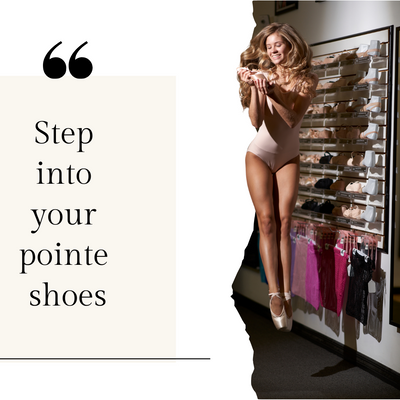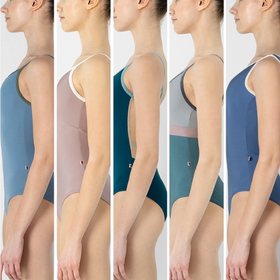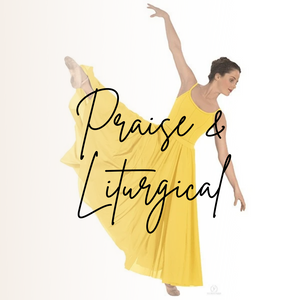Modern vs. Contemporary vs. Lyrical - Similarities and Differences
Modern Dance

The modern dance style originated in the late 19th-early 20th century and focuses on self-expression and emotional interpretation through movement. It is often characterized by its angular and asymmetrical movements, abrupt stops and starts, and fluidity of the spine. Modern dance uses a wide range of body movements, including floor work, contractions, and release techniques, to convey emotion and abstract ideas. Unlike other popular dance styles such as jazz and ballet, modern dance is less rigid and allows for more freedom of movement and experimentation.
Dancers engaging in modern dance require clothing that allows unrestricted movement, such as leotards, unitards, and leggings. Footwear often consists of bare feet or dance socks. To enhance their performance, dancers may invest in accessories like knee pads for floor work and practice skirts for a touch of flair.
Contemporary Dance

Contemporary dance is a relatively new dance style that emerged in the mid-20th century. Contrary to popular belief, contemporary dance is not just a combination of jazz and ballet but instead combines a range of techniques and styles to create unique and expressive movements. Contemporary dance often focuses on exploring the relationship between the body and mind and the connection between movement and emotion. The style blends elements of classical ballet with jazz, modern and hip hop to create movements that are fluid, graceful, and often unconventional.
The attire for contemporary dancers mirrors that of modern dancers, with an emphasis on comfort and flexibility. Contemporary dance allows a lot of room for dancer improvisation as it is not so strict with choreography. Dancers might opt for convertible tights, allowing them to seamlessly transition between bare feet and dance shoes. Additionally, water-resistant knee pads and supportive footwear are essential for executing intricate movements and jumps while minimizing the risk of injury.
Lyrical Dance
Lyrical dance, nestled between modern and contemporary, beautifully marries expressive movements with the grace of ballet. Originating in the late 20th century, lyrical dance often interprets the lyrics and mood of a song through movement. Dancers in lyrical dance benefit from the fluidity of contemporary dance and the emotional depth of modern dance. Unlike modern and contemporary, the primary purpose of lyrical dance is to connect the audience with the lyrics and overall mood of the music. Attire for lyrical dance echoes that of contemporary dance, prioritizing comfort and flexibility. Dancers may choose to invest in garments that complement the emotional resonance of their routines, such as flowing skirts or dresses.
Conclusion








